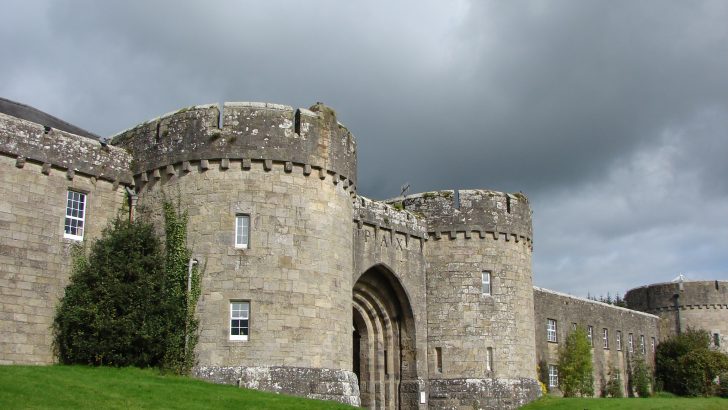Good Seed, Fertile Soil: Religious Vocations in Limerick: Biographical Dictionary: I West Limerick
by J.M. Feheney (Iverus Publications, €25; copies from the author at jmfeheny@iol.ie, or The Bookstore, Newcastle West)
This biographical dictionary features short profiles of almost 1,000 deceased members of the clergy and religious congregations from the 24 parishes in West Limerick. The author, historian Brother John Feheney, is himself a native of Ballysteen.
Associated with more than 50 dioceses at home and abroad, most of those listed were born between 1850 and 1950, though a small number were born earlier.
The listing of brothers, priests and sisters is in alphabetical order, hence it is easy to identify what were known locally as ‘Melchizedek Families’. From these families more than one member followed a religious vocation and this pattern was repeated one generation after another.
Six members of the Cotter family of Killeedy joined the sisters of St Joseph of the Sacred Heart. Three sons of the Connellan family of Knockaderry were ordained and two daughters entered the convent. Quite a few sets of brothers spent their lives teaching with the Irish Christian Brothers, Presentation Brothers and the De La Salle congregation.
Many of the sons and daughters of West Limerick distinguished themselves in various fields. Canon John Begley of Monagea published the three-volume History of the Diocese of Limerick. Fr Edward Cahill, SJ, of Cappagh was Professor of Church History at Milltown Park and an influential author.
Fr Donal Cregan, CM, of Newcastle West, served as president of St Patrick’s College, Drumcondra, and as chairman of the Irish Manuscripts Commission. Dr Michael O’Carroll, CSSp, also of Newcastle West, spent his life teaching in Blackrock college and was a prolific author with an international reputation in Mariology.
James Leen of Abbeyfeale, one of four brothers who joined the Spiritan congregation, was Archbishop of Port Louis, Mauritius. He was succeeded by Daniel Liston, CSSp, of Foynes. Many brothers and sisters spent their lives administering and teaching in the most highly regarded colleges and schools at home and abroad.
The author provides interesting information on many of his subjects. As a young man Fr Robert Ambrose of Ardagh was involved in the attack on the RIC barracks in Ardagh during the Fenian rising in March 1867. Subsequently, as a curate in the parish, with the assistance of the Land League he successfully challenged the ‘Rack Rents’ being charged by the local landlord.
Fr John Collins initially was a member of the RIC. After ordination he served as a chaplain to the British army in India, where he died aged 105. The author even provides information on the idiosyncrasies of some of his subjects: just before he died one missionary informed his confreres that he had heard the wail of the banshee!
Not surprisingly some of the biographical sketches indicate the short life expectancy of the early missionaries to Africa.
In recording the careers of the men from West Limerick who served in the Archdiocese of Dublin, such as the Neville brothers from Kilfinny, the author does not advert to the fact that before entering Maynooth they already had spent three years studying philosophy at Holy Cross College, Clonliffe, and UCD.
The meticulous research in this book will be most useful to any sociologist who attempts to explain the changing religious ambience and cultural ambiguities of West Limerick. Brother Feheney is to be congratulated on this latest addition to his long list of publications on education and local and family history.
His book poses a very vital question: why were there so many religious vocations in West Limerick and elsewhere in Ireland in the 1850–1950 period, and so few nowadays.



